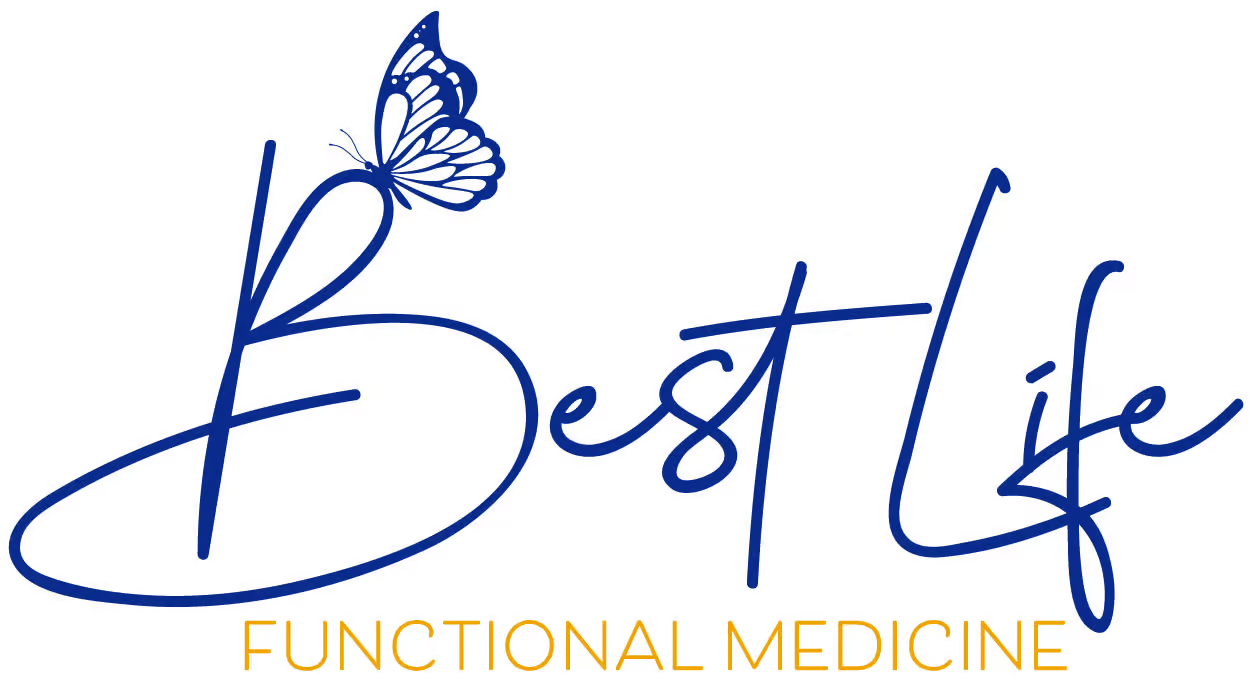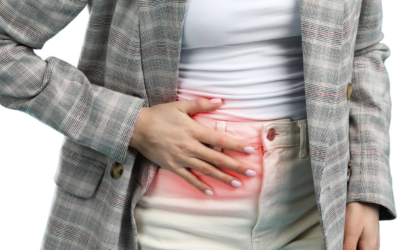With spring in the air, now is the perfect time to refresh your home. However, the last thing we want to do is load our homes and bodies with the toxic chemicals found in so many conventional cleaning products!
Keep reading if you are motivated to clean and declutter this spring while steering clear of chemicals. This article covers the do’s and don’ts of deep cleaning your home naturally.
Toxins & Your Health
Recent studies show how many toxins the average North American is exposed to daily, and how harmful this can be to the body over time.
Our bodies contain a network of glands called the endocrine system that produces hormones. Hormone production impacts many biological processes, including sleep, growth, fertility, and reproduction. According to the National Institute of Environmental Health Sciences, endocrine-disrupting chemicals are present in dozens of household items. Exposure to these chemicals, even in low amounts, can alter the body’s sensitive hormonal systems and lead to several health problems.
The chemicals found in cleaning products can also negatively impact your respiratory system. Several studies have found that people working in the domestic cleaning industry have much higher rates of asthma and respiratory illness than those who have never worked in professional cleaning.
Studies have also found that professional cleaners experience higher rates of dermatitis, due to frequent exposure to skin irritants and allergens found in cleaning products.
Switching to less harsh chemicals is crucial for both professional cleaners and those undertaking cleaning tasks at home.
Health and wellness are about more than diet and exercise—your environment and exposure to toxins also play a large role. While we can’t avoid them altogether, we can take action to become aware of them and replace them with gentler alternatives whenever possible.
Common Household Items with Harmful Chemicals
Cleaning Products
Typical household cleaning and laundry products contain toxic chemicals we inhale and absorb through our skin. Most of them are likely to contain phthalates, chemicals used to make plastics more flexible and fragrances last longer. Phthalates are associated with endocrine disruption and immune system dysfunction.
Another chemical to avoid is ammonia, which is found in most bathroom polishing agents and glass cleaners. Ammonia is a powerful irritant that can exacerbate asthma symptoms.
Air Fresheners & Scented Candles
To protect your health, resist the urge to mask stubborn household odors with chemically-laden scented products. Studies have found that scented air fresheners and candles can release more than 100 volatile organic compounds (VOCs) including some that are considered toxic or hazardous by federal laws. VOCs lead to indoor air pollution and can lead to a range of issues, such as headaches, nausea, and worsened asthma symptoms.
Plastics and Food Storage
Plastic food containers are great for keeping fridges tidy and organized. However, they are not so great for our health. Most plastic containers contain chemicals that can seep into our food and cause health issues. Bisphenol A (BPA) is an endocrine-disrupting chemical in many plastic food containers. Even aluminum or metal water bottles may be lined with BPA to improve the water’s taste! Any container with plastic that isn’t marked “BPA free” is best thrown away.
Natural Alternatives and Spring Cleaning Tips
We’ve given you the rundown on what to avoid when tidying up this spring. Now, let’s explore natural alternatives that are sure to leave your home sparkling—minus all the chemicals!
DIY All-Purpose Cleaner
With just a few easy steps, you can whip up a batch of all-purpose surface cleaners that contain zero phthalates or artificial fragrances. All you need is distilled white vinegar containing acetic acid that dissolves mineral deposits and greasy smudges. Mix this in a spray container with equal distilled water, and you’re all set! Essential oils or lemon juice can be added for a fresh scent. Lightly mist surfaces with your all-purpose cleaner and wipe clean with a microfiber cloth. Say goodbye to toxic cleaning pads and sprays! This DIY all-purpose cleaner won’t harm your budget or your health.
Natural Home Fragrances
Who doesn’t love a pleasant-smelling home? Look for candles made of natural waxes, such as beeswax, and scented with essential oils. An essential oil diffuser is also a great investment if you’re not a fan of flames.
A simmer pot with spices and fruits is another great way to naturally add a relaxing aroma to your home. Add your choice of aromatics—we enjoy a combination of cinnamon, cloves, and orange slices—to a small saucepan with water. Bring the pot to a boil, simmer for the next couple of hours, and enjoy!
Plastic Swaps
Always opt for glass over plastic when shopping for food or food storage containers. You likely already have old jars sitting around that can be repurposed to store lunches, prepared sauces, etc. We recommend storing food in glass containers, which won’t leach chemicals into your food.
Ceramics is another safe option for storing food. It is reusable, easily cleaned, and will not leach chemicals into the food.
Improving Air Quality
It is important to regularly ventilate your home by opening the windows for at least ten minutes each day. The fresh air and light will not only boost your mood but will help improve the air quality of your space. Research has even found a correlation between open windows and a more diversified gut microbiome! Investing in an air purifier can also be effective for keeping indoor air clean.
Plants look great, and many varieties have air-filtering qualities that can help freshen up your home. Snake plants are low maintenance and great air purifiers. If certain rooms are prone to odor, placing subtly scented flowers inside can help.
We hope you feel inspired to refresh your space this spring using our non-toxic cleaning tips! Bid farewell to harsh chemicals that harm your health, and welcome a healthier home environment by opting for eco-friendly alternatives like vinegar, essential oils, and herbs.
If you have questions about toxins, or healthy alternatives for cleaning products, or want more tips on keeping your home fresh naturally, feel free to contact us! We are committed to supporting your wellness journey, one step at a time.
Sources
Lee I, Ji K. Identification of combinations of endocrine disrupting chemicals in household chemical products that require mixture toxicity testing. Ecotoxicol Environ Saf. 2022 Jul 15;240:113677. doi: 10.1016/j.ecoenv.2022.113677. Epub 2022 May 26. PMID: 35642859.
National Institute of Environmental Health Sciences, “Endocrine Disruptors,” https://www.niehs.nih.gov/health/topics/agents/endocrine
Medina-Ramón M, Zock JP, Kogevinas M, Sunyer J, Antó JM. Asthma symptoms in women employed in domestic cleaning: a community based study. Thorax. 2003 Nov;58(11):950-4. doi: 10.1136/thorax.58.11.950. PMID: 14586047; PMCID: PMC1746523.
DermNet, “Skin Problems in Professional Cleaners,” https://dermnetnz.org/topics/skin-problems-in-professional-cleaners
Harris CA, Henttu P, Parker MG, Sumpter JP. The estrogenic activity of phthalate esters in vitro. Environ Health Perspect. 1997 Aug;105(8):802-11. doi: 10.1289/ehp.97105802. PMID: 9347895; PMCID: PMC1470189.
Bornehag CG, Sundell J, Weschler CJ, Sigsgaard T, Lundgren B, Hasselgren M, Hägerhed-Engman L. The association between asthma and allergic symptoms in children and phthalates in house dust: a nested case-control study. Environ Health Perspect. 2004 Oct;112(14):1393-7. doi: 10.1289/ehp.7187. PMID: 15471731; PMCID: PMC1247566.
Quirce S, Barranco P. Cleaning agents and asthma. J Investig Allergol Clin Immunol. 2010;20(7):542-50; quiz 2p following 550. PMID: 21313993.
Kembel SW, Jones E, Kline J, Northcutt D, Stenson J, Womack AM, Bohannan BJ, Brown GZ, Green JL. Architectural design influences the diversity and structure of the built environment microbiome. ISME J. 2012 Aug;6(8):1469-79. doi: 10.1038/ismej.2011.211. Epub 2012 Jan 26. PMID: 22278670; PMCID: PMC3400407.





